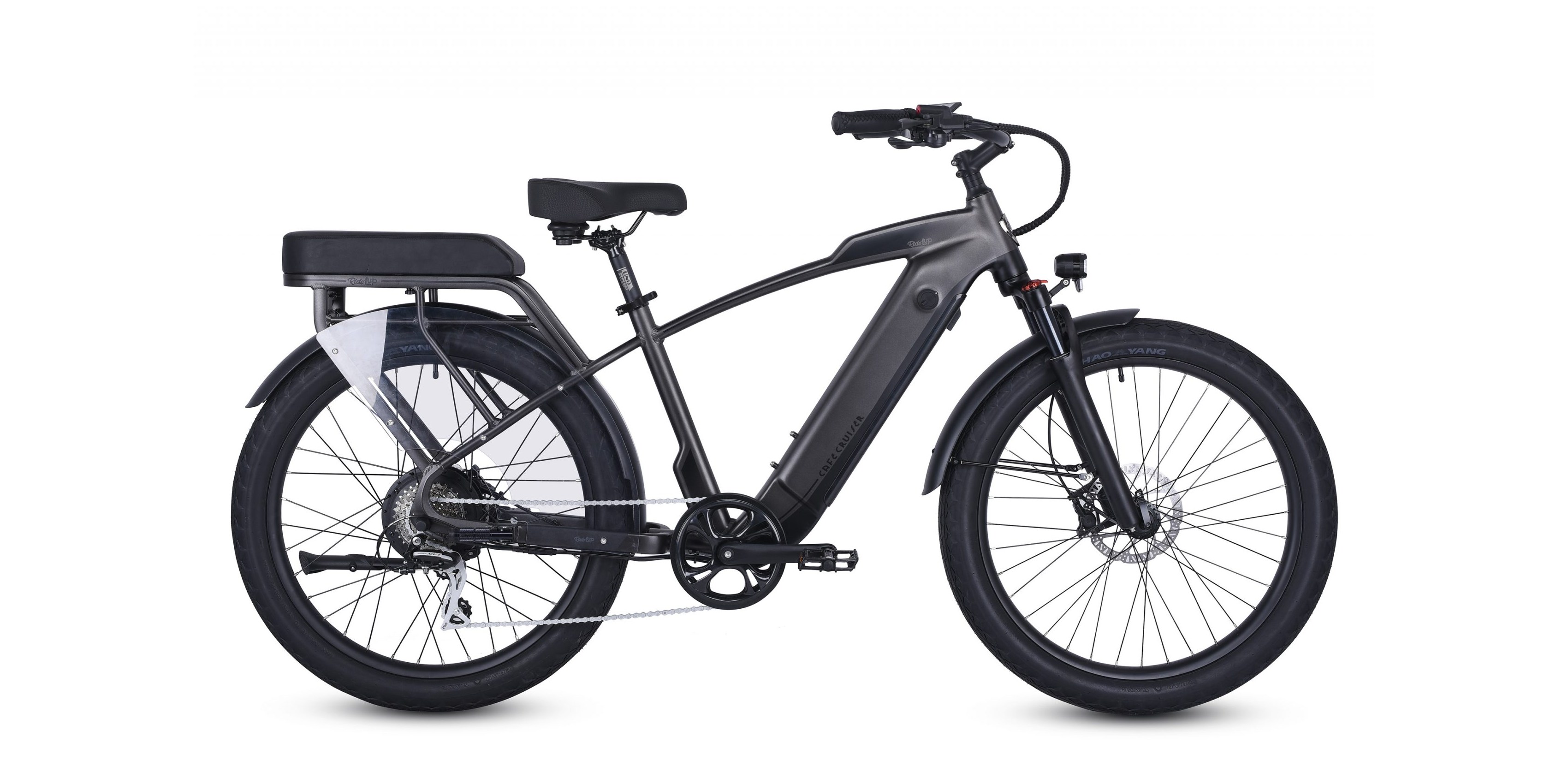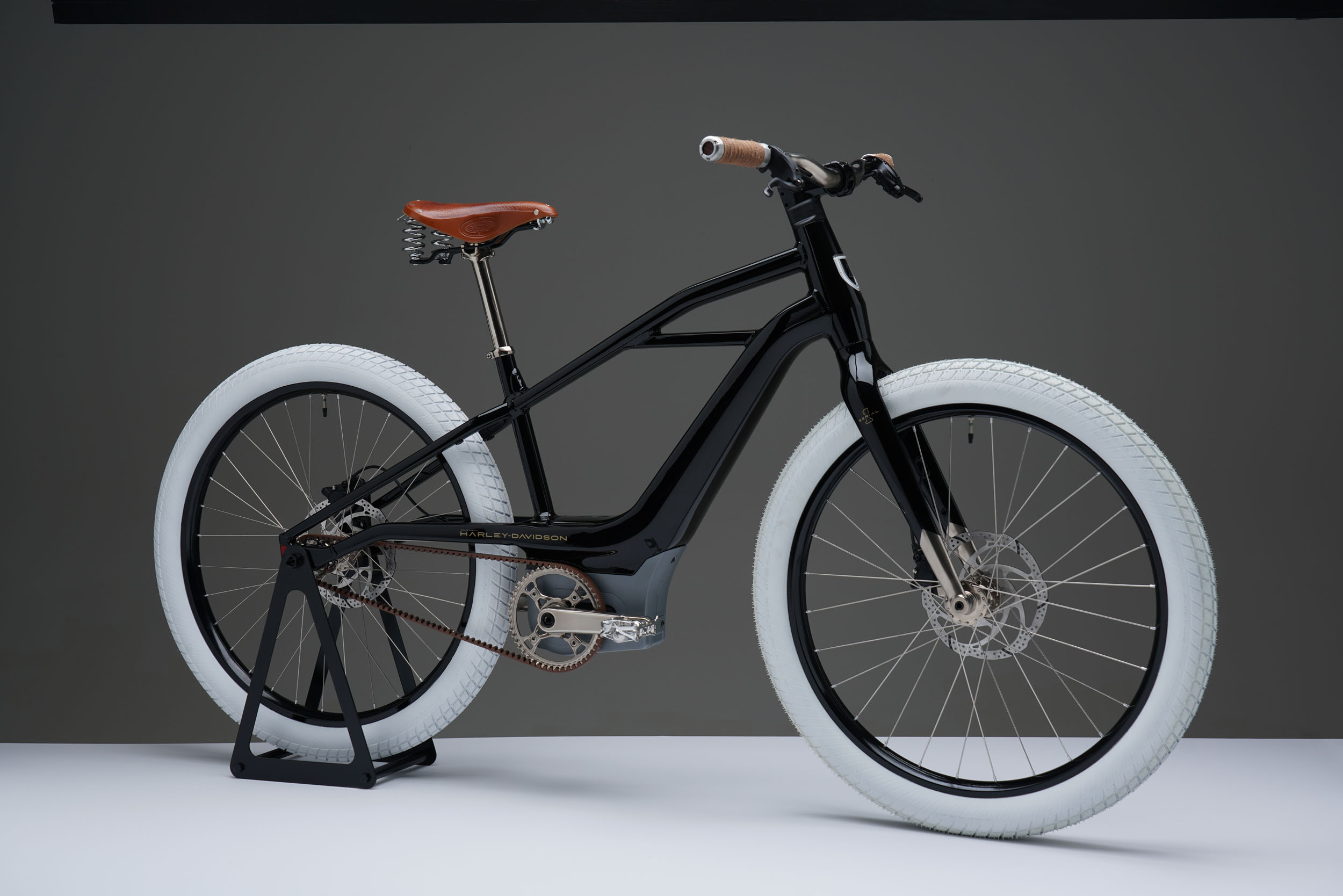
A regular bicycle’s speed is determined by the rider. This is also true with the fastest electric bikes, but the motor aids in your progress. Does this imply that you could ride an e-bike significantly faster — say, at 50 km/h like Chris Froom? Also, what is the highest speed that an e-bike can reach? And which electric bike is the fastest? We’ll address these three questions and more in this post, as well as look at why you might want to consider an e-bike.
Table of Contents
What Is the Speed of a Regular Bicycle?
Hold hang tight, we’re about to begin… The amount of a change in an object’s location determines its speed. Distance divided by time equals speed in miles per hour (mph), kilometers an hour (km/h), meters per second (MPs), and so on.
If you ride your bike at 50 kilometers per hour (or Chris Froome’s bike at 50 kilometers per hour), you’ll travel precisely 50 kilometers in one hour. If slower, his distance will decrease, and, if faster, he will go further.
Still, Following This?
A cyclist’s speed is unrestricted, yet there are certain limitations: the bike, the kind of road, the rider’s physical skills, the style of cycling (aerodynamics), as well as the hair on the legs (yep!). There are various constraints, including traffic lights (which some bikers shave to make it more aerodynamic).
What Is the Speed Limit of an Electric Bike?
We must add another, extremely crucial component to all of the above: motor power. The greatest speed that an e-bike can achieve is directly proportional to the motor’s output, as the motor can only produce a specific amount of power. Watts are the units of measurement for power. Furthermore, the speed at which the motor may help is governed by legislation. After then, you may travel as quickly as you like, but only under your power.

Electric bikes offer a variety of motors, each with different power output and, as a result, a different top speed.
So, in assist mode, on an e-bike with such a 250W motor, you can go up to 15.5 mph (25 km/h) when the engine is operating and assisting you with pedaling. Of course, you can go even faster. When you approach the speed restriction, the motor will automatically cease functioning.
Other motors with higher power output, such as 350W, 500W, and 750W, are available. In the United Kingdom, bikes with these engines must be registered as motor vehicles. These more powerful motors aid you in achieving higher speeds.
There are even more powerful e-bikes available, such as 1000W, 3000W, 4000W, 5000W, and more. Keep an eye on the legality of this…
Does This Mean That You Will Ride Faster on a More Powerful and Expensive Bike?
yes and no.
Yes, since, as the example above shows, a more powerful motor helps you to go quicker.
No, because a more powerful motor does not automatically imply a faster vehicle. Some bikes with a 500W motor, for example, may reach the same top speed as e-bikes with a 750W motor. In any event, the maximum speed is controlled by acceptable limitations, just as it is in automobiles. You can’t go faster than 100 km/h on an electric bike; you’ll just fly away.

